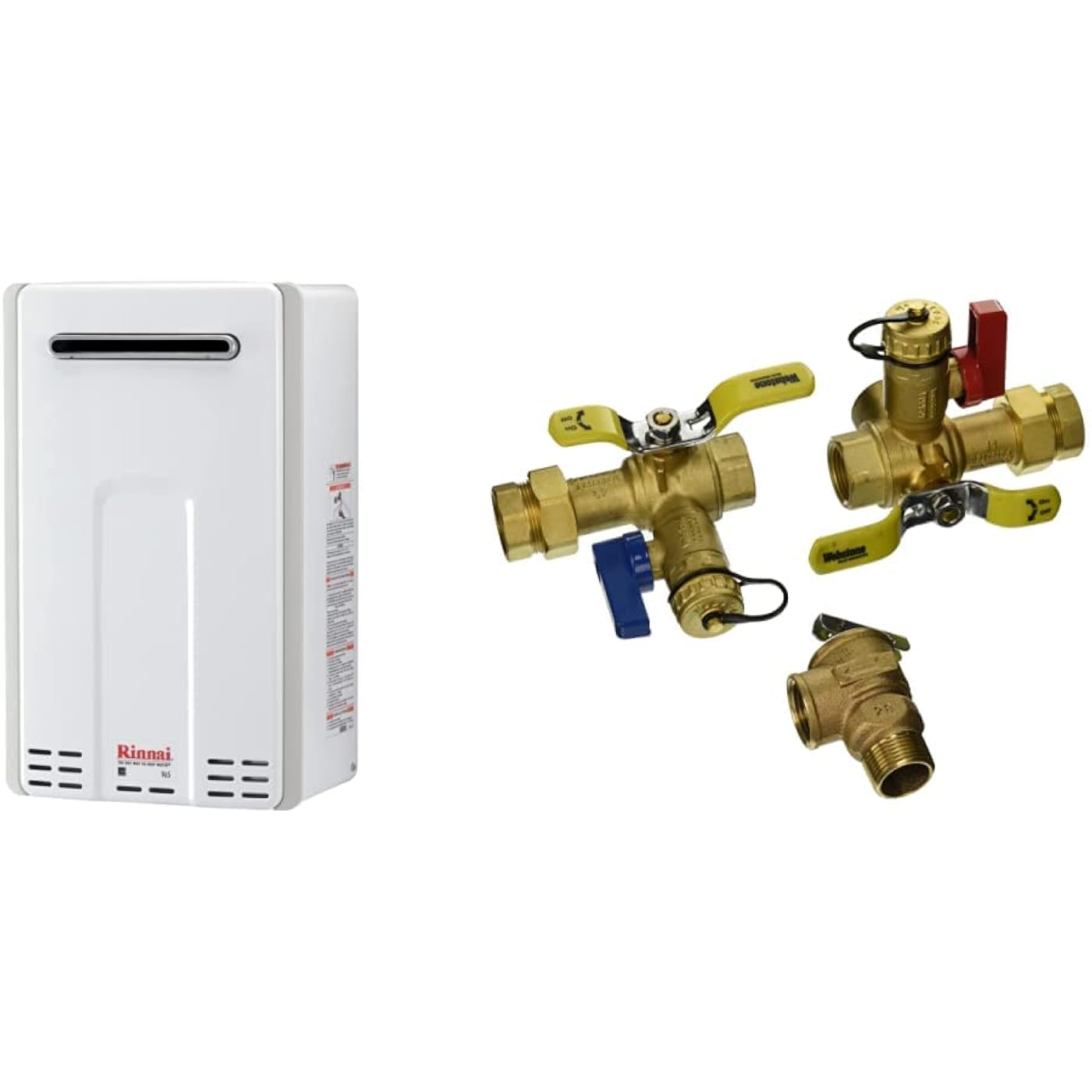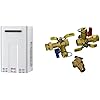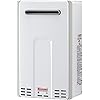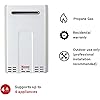





Ready to go? Add this product to your cart and select a plan during checkout. Payment plans are offered through our trusted finance partners Klarna, PayTomorrow, Affirm, Afterpay, Apple Pay, and PayPal. No-credit-needed leasing options through Acima may also be available at checkout.
Learn more about financing & leasing here.
This item is eligible for return within 30 days of receipt
To qualify for a full refund, items must be returned in their original, unused condition. If an item is returned in a used, damaged, or materially different state, you may be granted a partial refund.
To initiate a return, please visit our Returns Center.
View our full returns policy here.
Size: 6.5 GPM
Style: Propane, Outdoor Installation
Pattern Name: Heater + IPS LF EXP E2 With PRV Tankles
Features
Description
Rinnai V65eP Non-Condensing Propane Tankless Water Heater, Outdoor Installation, Up to 6.5 GPMRinnai's high-efficiency non-condensing outdoor tankless water heater models offer advanced technology for your home with comfort and value. Designed to be extremely compact, this small water heater only takes up the space of a small suitcase, letting you reclaim some of your home's most valuable real estate. This smart on-demand hot water heater can be made even smarter with a Rinnai Controlr for WiFi connectivity (not included). This easy-to-install, ultra-compact unit lets you enjoy all the benefits of Rinnai tankless water heating. You'll experience clean, reliable hot water at a consistent pre-set temperature, while saving energy and precious floor space in your home.Rinnai's V65E exterior-mount tankless water heater efficiently delivers up to 6.6-Gallon per minute (GPM) of hot water, making it perfect for your one to two and half bathroom home. This easy-to-install, ultra-compact unit lets you enjoy all the benefits of Rinnai tankless water heating. You'll experience clean, reliable hot water at a consistent pre-set temperature, while saving energy and precious floor space in your home.3/4 IPS LF EXP E2 With PRV Tankles3/4 IPS LEAD FREE ISOLATOR EXP E2 w/LEAD FREE PRESSURE RELIEF VALVE TANKLESS WATER HEATER SERVICE VALVES - HOT & COLD SET - FULL PORT BRASS BALL VALVES w/ADJUSTABLE PACKING GLAND, HI-FLOW HOSE DRAINS (500 WOG) & PRESSURE RELIEF VALVE (150 PSI/200K BTU)Hot and cold set of full port forged brass ball valves with hi-flow hose drains and pressure relief valve outlet.
Brand: Rinnai
Capacity: 6.6 Gallons
Power Source: Natural Gas
Material: Brass, Propane
Style: Propane, Outdoor Installation
Maximum Operating Pressure: 150 Pound per Square Inch
Manufacturer: Rinnai
Size: 6.5 GPM
Pattern: Heater + IPS LF EXP E2 With PRV Tankles
Item Package Quantity: 1
Date First Available: November 8, 2022

